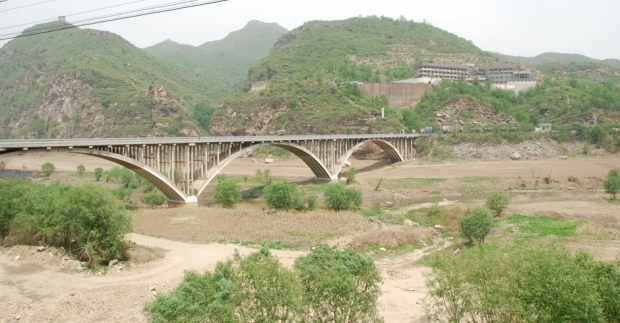Beijing’s annual water consumption has reached 3.6 billion cubic meters, according to statistics released by the Beijing Water Authority, far more than the 2.1 billion cubic meters locally available.
The per capita annual water availability is now around 120 cubic meters, well below the United Nations absolute water scarcity threshold, and puts China’s capital city in a position of more severe water scarcity than some countries in the arid Middle-East.
Statistics from Beijing Water Resources Bulletin shows that the decrease in the capital’s water supplies results mainly from the rapid decline in surface and underground water resources. In recent years, water supplies from these two sources have decreased by 38%.
Some observers, however, blame the fast-growing population for the current water shortage. Xu Xinyi, Director of the Beijing Normal University College of Water Sciences, called Beijing’s water scarcity a “human disaster” in an interview last year.
“We projected that Beijing’s water capacity could support 12 million people, but Beijing’s population has now reached 20 million people,” Xu has said.
Aquatic environment expert Wang Jian suggested that the capital’s overpopulation was the fundamental problem: “Beijing’s population has grown from 4 million to 20 million, and that is why our water consumption grows every year... Beijing’s population should not increase to 25 million or even 30 million in the future.”
Though limiting the city’s population is one possible solution, the water authority is placing its hopes on the multibillion South to North Water Diversion Project. It has been claimed that this will bring an extra one billion cubic meters of water into Beijing when construction is completed in 2014.
Yet recent reports of pollution in Danjiangkou, a crucial water source for the diversion project, raises questions over the ability of the water diversion project to solve Beijing’s water shortage. Four out of the five rivers that flow into the Danjiangkou are plagued with pollution and do not meet the quality standard for daily use.
Zhao Zhangyuan, a researcher at the Chinese Research Academy of Environmental Science, has praised the intention of the project, but added that “if not well-managed, the project will be a potential pitfall after its completion. Bringing in polluted water will just be asking for trouble.”




